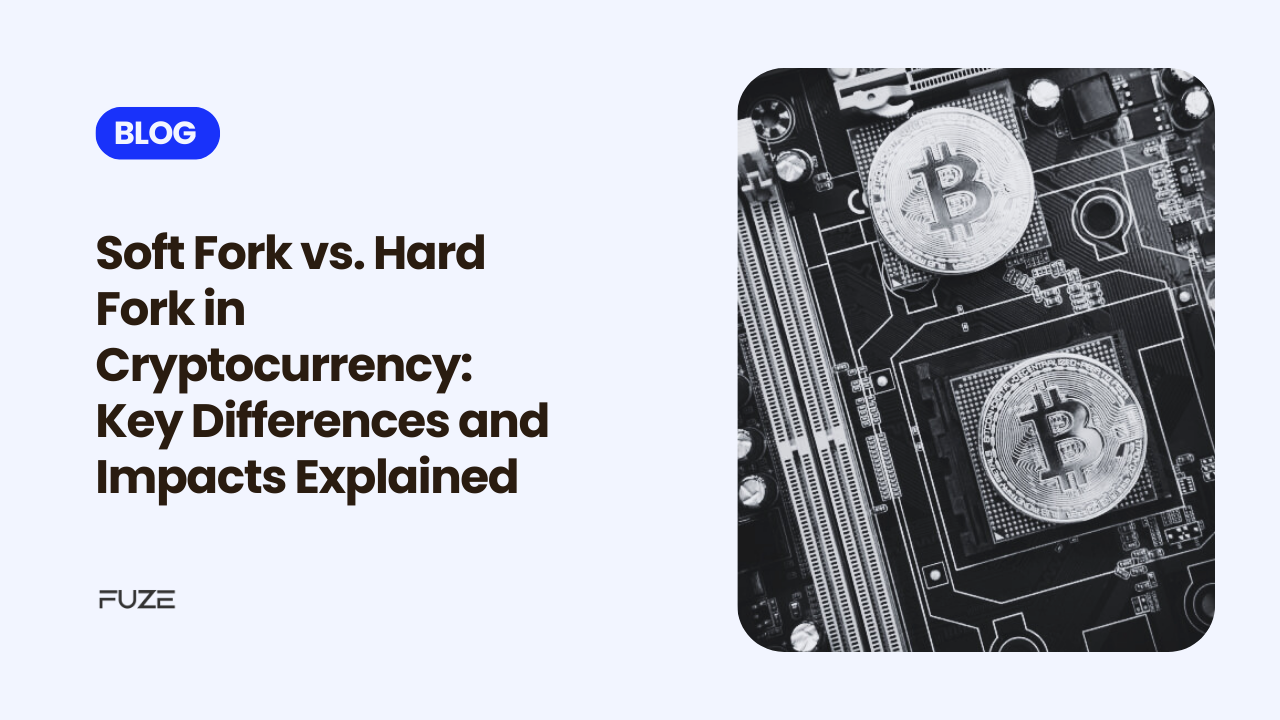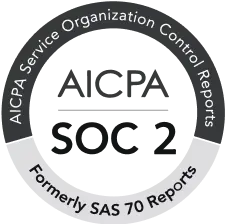The blockchain landscape is constantly evolving, and forks play a crucial role in this evolution. Whether driven by the need for upgrades, community disagreements, or innovations, forks are critical mechanisms for blockchain networks. In the cryptocurrency world, forks are of two primary types: soft forks and hard forks.
Though they sound similar, their technical differences and impacts on the ecosystem are significant. In this blog, we’ll break down the key differences between these forks and explore their implications for blockchain users, developers, and investors.
What is a Fork in Blockchain?
Before diving into the specifics, let’s define a blockchain fork. A fork occurs when a blockchain diverges into two separate paths. This divergence happens due to changes in the underlying rules or protocols governing the network. These changes are implemented through consensus among network participants, and forks can result in upgrades, bug fixes, or entirely new directions for the blockchain.
Now, let’s explore the two types of forks: soft forks and hard forks.
What is a Soft Fork?
A soft fork is a backward-compatible update to a blockchain protocol. This means that nodes running the older version of the software can still recognize and validate transactions or blocks created under the new rules. The compatibility ensures that the blockchain remains a single unified network, even if some participants haven’t updated to the latest version.
How Soft Forks Work
Soft forks typically impose stricter rules on the network. These changes refine the protocol without disrupting the consensus among nodes. For example, a soft fork might reduce the maximum block size or introduce new transaction types that older nodes can ignore.
Example:
Bitcoin’s Segregated Witness (SegWit) upgrade in 2017 is a prominent example of a soft fork. It introduced a new way of storing transaction data to increase efficiency and scalability, without requiring every participant to upgrade immediately.
Benefits of Soft Forks
- Backward Compatibility: Older nodes can still participate in the network.
- Minimal Disruption: No need to split the blockchain.
- Community Cohesion: Ensures continuity within the ecosystem.
Challenges of Soft Forks
- Limited Scope: They can only implement non-radical changes.
- Dependence on Majority: Require most participants to adopt the changes to be effective.
What is a Hard Fork?
A hard fork is a non-backward-compatible update to the blockchain protocol. When a hard fork occurs, the blockchain splits into two separate chains: one that follows the old rules and another that adopts the new ones. Nodes that haven’t upgraded to the new protocol cannot validate blocks or transactions on the updated chain.
How Hard Forks Work
Hard forks often introduce fundamental changes to the blockchain. These can include altering consensus mechanisms, adding new features, or reversing transactions. Since hard forks are not backward-compatible, they create a permanent split if there is no unanimous agreement among participants.
Example:
- Bitcoin Cash: In 2017, disagreements over Bitcoin’s scalability led to the creation of Bitcoin Cash via a hard fork. Bitcoin Cash increased the block size limit, creating a new chain separate from Bitcoin.
- Ethereum and Ethereum Classic: After the DAO hack in 2016, Ethereum underwent a hard fork to reverse the exploit. Those who disagreed with this decision continued with the original chain, now known as Ethereum Classic.
Benefits of Hard Forks
- Flexibility: Can implement significant and transformative changes.
- Clear Direction: Provides a definitive path for a new vision or set of rules.
- Community Decision-Making: Allows participants to choose which chain to support.
Challenges of Hard Forks
- Chain Split: Can lead to fragmentation and competition between chains.
- Community Division: May create disagreements and reduce trust.
- Security Risks: A split chain could be vulnerable to attacks, such as replay attacks.
Key Differences Between Soft Forks and Hard Forks
| Feature | Soft Fork | Hard Fork |
| Compatibility | Backward-compatible | Non-backward-compatible |
| Blockchain Split | No | Yes |
| Implementation Scope | Minor or incremental changes | Major changes or overhauls |
| Community Impact | Minimal division | Potential for division |
| Upgrade Requirement | Optional (older nodes can still operate) | Mandatory (older nodes become obsolete) |
Impacts of Forks on the Ecosystem
1. On Developers
Forks give developers the tools to improve blockchain technology, fix bugs, and address scalability or security challenges. However, the type of fork determines how disruptive the update process is.
- Soft Forks: Favor iterative upgrades that maintain network stability.
- Hard Forks: Enable bold innovation but require developers to manage splits carefully.
2. On Users
Users’ experiences differ based on the fork type:
- Soft Forks: Users generally don’t need to take any immediate action, as older wallets and nodes remain functional.
- Hard Forks: Users must decide which chain to support, and they may need to update wallets or software to access new features.
3. On Miners
Miners play a critical role in fork decisions.
- Soft Forks: Miners can continue operating without immediate upgrades.
- Hard Forks: Miners must choose which chain to mine on, potentially splitting hash power between chains.
4. On Investors
Forks can create investment opportunities and risks.
- Soft Forks: These generally signal upgrades, which can positively impact confidence in the blockchain.
- Hard Forks: Splits can result in new tokens, creating speculative opportunities but also raising questions about the original chain’s long-term viability.
How to Prepare for a Fork
Whether you’re a developer, user, or investor, preparing for a fork is essential:
- Stay Informed: Follow official announcements and community discussions.
- Backup Wallets: Ensure your funds are secure before any major update.
- Choose Wisely: For hard forks, evaluate the new chain’s potential and align with the vision that suits your goals.
- Update Software: Keep your wallet, node, or mining software up to date to ensure compatibility.
Conclusion
Soft forks and hard forks are integral to the evolution of blockchain technology, each serving a unique purpose. While soft forks prioritize continuity and incremental improvements, hard forks embrace transformative changes that can reshape a blockchain’s future. Understanding these mechanisms is crucial for navigating the rapidly changing cryptocurrency landscape.
As the blockchain ecosystem matures and continues to grow, projects will have forks play more significant roles in determining the direction or course of various projects. By understanding their dynamics and impacts, stakeholders can make informed decisions that align with their goals, ensuring long-term success in the crypto space.
Disclaimer: Virtual assets carry significant risks, including high volatility and potential loss of your entire investment. They are not backed by governmental protections, and recourse may be limited in case of loss. Always assess your risk tolerance, fully understand the risks, and seek independent financial advice if needed before investing.
Frequently Asked Questions
- Can a blockchain undergo multiple forks?
Yes, blockchains can experience multiple forks over time. Both soft forks and hard forks are tools for ongoing network improvements or adaptations to community decisions.
- Are soft forks safer than hard forks?
Soft forks are generally considered safer because they maintain network compatibility and unity. Hard forks can create new vulnerabilities, like replay attacks, and may divide the community.
- Do all nodes need to upgrade during a soft fork?
No, a soft fork is backward-compatible, so older nodes can still operate on the network. However, to benefit from new features or improvements, upgrading is recommended.
- How do forks impact cryptocurrency prices?
Forks can impact prices significantly. A hard fork often generates speculation, leading to price volatility, while a soft fork usually signals network upgrades, which can positively influence market confidence.
- How do miners decide which chain to support in a hard fork?
Miners typically evaluate the economic viability of each chain, including factors like profitability, community support, and long-term prospects, before committing their hash power to one chain.







